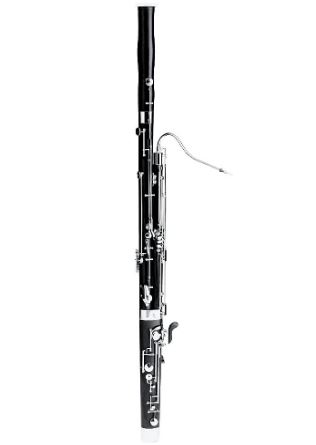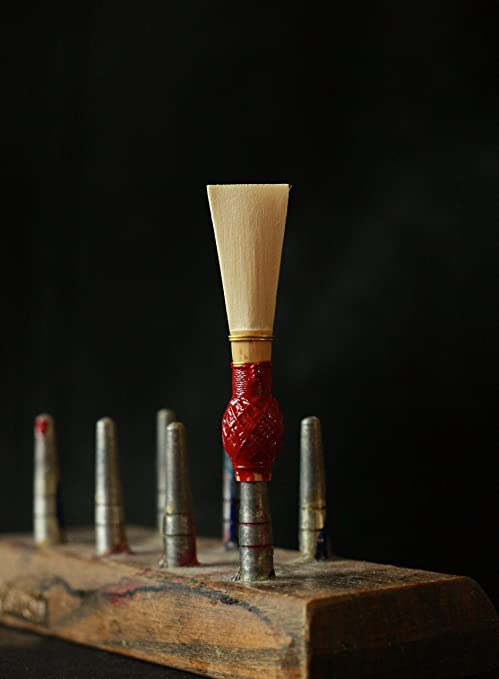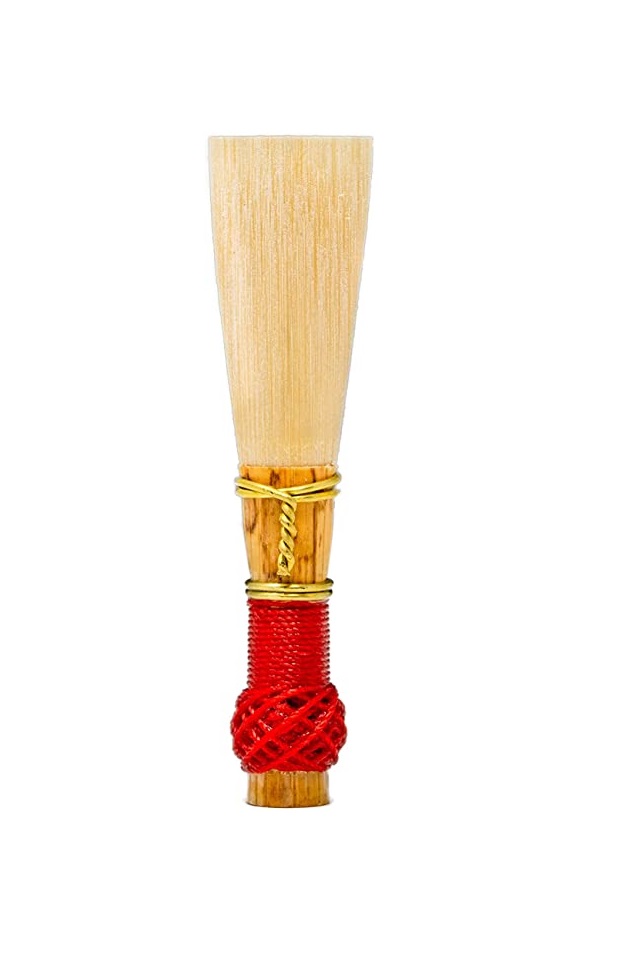- Best Reputable Flute Brands - July 11, 2021
How well do you the bassoon? The actual ancestor of the bassoon, like many other antique instruments, is difficult to pinpoint. There are a few antique instruments that date back to what we now call the bassoon, yet none of them were fully replaced by the bassoon. There are also different types of bassoons and reeds that many don’t know of, so in this history and types of bassoons article, we will learn about the different types, and how to select the one for you.
History and Types of Bassoons
There is substantial documentation of surviving specimens of instruments called shawms that resemble bassoons from the Middle Ages. These ancient instruments were created using double or single reeds and were popular across Europe.
Sixteenth-Century
To fulfill the rising needs of Renaissance-era music, instrument designers constructed a variety of bombarded shawms that reached much lower in range over the 16th century. This experimenting eventually led to the instrument becoming so long it was nearly unusable and physically impossible to handle.
An s-shaped tube was secured to the end of the tube and capped with a double reed. The tube’s opposite end was flared outwards to distribute the sound as it exited. The dulcian was the name given to this early instrument. Dulcians, like bombards, were constructed in a variety of tunings. In the sixteenth and early seventeenth centuries, they were mostly used to double the bass line of choral compositions.
In 1644, when reformers forbade the use of the woodwind organs in church, the bassoon gained popularity, hurried in a period when smaller groups of instruments supplied music for services.
Seventeenth-Century
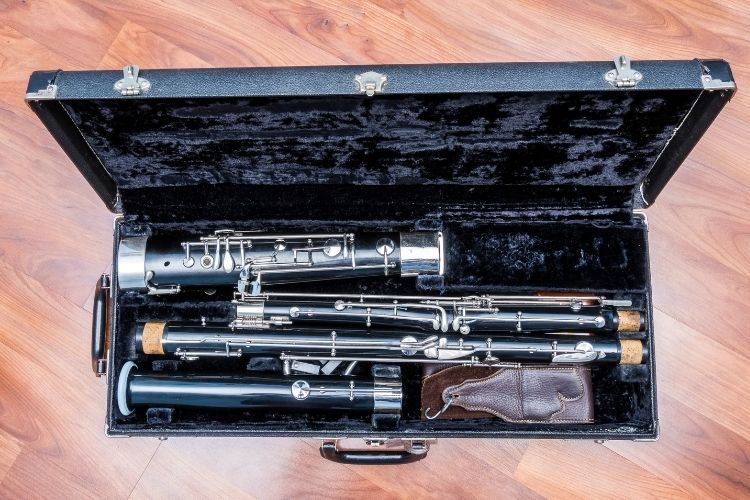
Composers didn’t start incorporating solo dulcian parts into opera until the mid-seventeenth century, and the pieces weren’t necessarily as traditional as they were in religious music. In the mid-seventeenth century, the first “bassoon” instrument was created.
The longer joint, boot, bell, and wing joint were the four elements that made up the bassoon’s body, and it has three keys.
The instrument’s range was a whole step lower than the dulcian’s, making it comparable to any other instrument in the orchestra. However, the new wind instrument lacked full chromaticism since it missed two crucial tones in the scale.
Eighteenth-Century
Instrument builders experimented with the location, placement, and number of keys during the 18th century in order to improve sound quality, make fingering more natural and allow for easier overblowing.
However, the bassoon was still unable to generate two tones in the chromatic range, and its sound was unrefined and inconsistent across the scale.
Nineteenth-Century
In the late 1900s, two rival instrument-making schools, Heckel in Germany and Buffet in France, developed their own bassoon variants to enhance intonation, fingering arrangement, and tone.
These two systems are still in use today, but the Heckel system being the most widely used. The Buffet method, on the other hand, continues to be popular in portions of Latin America and Western Europe.
The Buffet system has not done as well as the Heckel system over the years, but it still has a following due to the quality and uniqueness of its tone when compared to Heckel’s more widely heard tone.
Buffet bassoons were based on creations in all aspects of bassoon sound production, whereas Heckel bassoons were based on creations in all areas of bassoon sound production.
French Bassoon

In the late 1800s, a bassoon split developed when Buffet-Crampon, a French instrument maker, began producing a bassoon with a narrower bore and a different fingering method. Buffet-system bassoons, sometimes known as French bassoons, feature 22 keys and are noted for their improved tone quality in the upper register.
They are still popular in several regions of the world, especially in France and Latin America. However, Heckel-system horns, which have 25 to 27 keys nowadays, are still the industry standard.
Baroque Bassoon
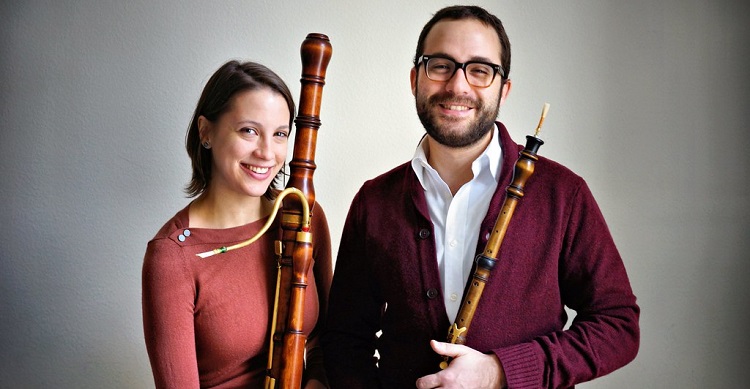
By the middle of the 16th century, the curtal, a massive double-reed instrument, was already in use. In reality, it was known as the bajon in Spain; therefore, the bassoon’s name may have originated there.
The curtal was in use in the 18th century, especially in continuo roles. However, at that time, the bassoon had already established itself in Germany as a refinement, just like the oboe had refined the saxophone.
Famous Players
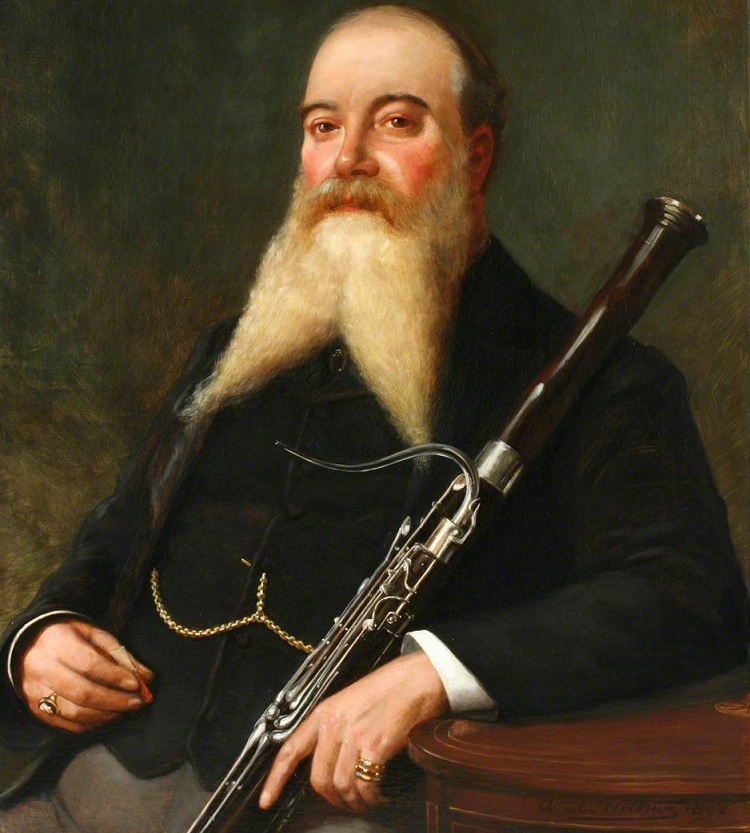
The bassoon is primarily thought of as a classical instrument; however, it is also heard often in jazz and rock music.
Robert S. Williams, Judith LeClair, Benjamin Kamins, Simon Kovar, Bernard Garfield, Arthur Weisberg, Garvin Bushell, Sol Schoenbach, Marvin P. Feinsmith, Arthur Weisberg, and Hugo Fox are all well-known classical bassoonists.
Illinois Jacquet, Marshall Allen, Alexandre Silverio Jacier Abad, Frank Tiberi, Alexandre Ouzounoff, and Karen Borca are all well-known jazz bassoonists.
Lastly, the bassoon is occasionally heard in rock and pop music. Lindsay Cooper, Brian Gulland, and Charles Sirard are bassoonists who have featured on rock albums.
Types of Bassoons
A bassoon only has two different categories: the bassoon and the contrabassoon. What’s the difference between them, you may ask? Let’s discuss it.
The Bassoon

The sound is created by blowing into the reed by the bassoonist. Although the tenor clef is used for the highest registers, it is written in the key of C and notated in the bass clef.
It has a tuning range of B-flat1 to F5. The notes in the low register are solid, compact, and unobtrusive, whilst the notes in the middle register are rich, clear, and majestic. The top notes are frequently seen as pushed.
The Contrabassoon
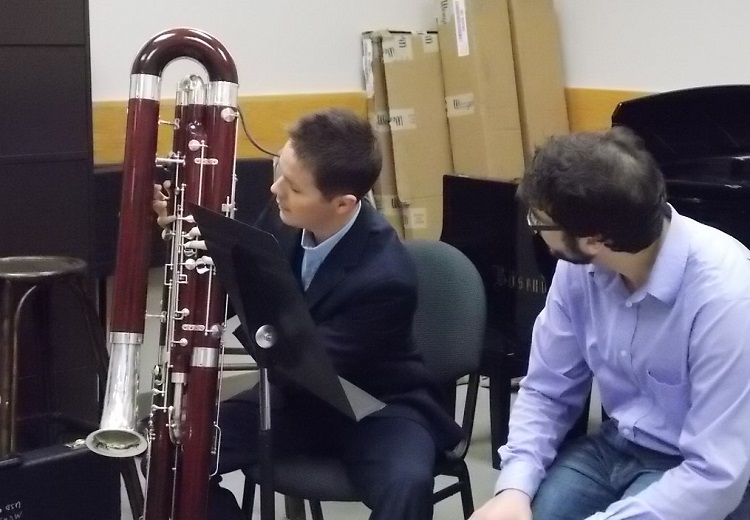
The contrabassoon is the woodwind family’s largest instrument. The only distinction is that it is twice as large as a bassoon. It’s similar to the bassoon in that it’s played using the same materials.
Like the bassoon, it makes its sound by blowing into the reed. It is also notated in treble clef and is tuned in the key of C; however, it sounds one octave lower than the Bassoon. It is written in the key of B-flat1 to C4, although it sounds in the key of B-flat0 to C3.
Its low register is solid, long-lasting, and dark. The top register is less loud, bright, and caustic, whereas the middle register is dark, sonorous, and forceful.
Today’s Bassoon Music
The bassoon is now widely employed in symphony orchestras, opera, and, more recently, in 20th-century contemporary musicals, television, and film soundtracks. Many composers have worked for the bassoon, especially in the 18th century, and the repertoire includes noteworthy passages in orchestral works, woodwind group pieces, and several bassoon solo concertos.
Bassoon Recommendations
For a novice or newcomer, purchasing any musical instrument might be difficult. Because of the high cost and limited alternatives available to beginners, purchasing a bassoon might be difficult.
Fox Renard 220 Bassoon
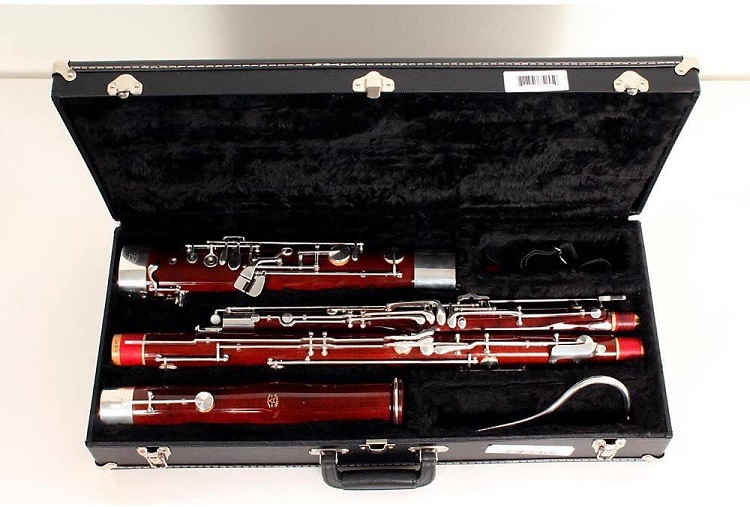
The Fox Renard Model 220 is a great bassoon to consider if you’re seeking a lovely-looking instrument. The first thing we noticed about this Fox Renard Model 220 is how mechanically similar it is to its sister model, the Renard Model 240.
This is more apparent in the two versions’ extended bore and tone warmth, which makes them a worthy point of consideration for one and the other.
Fox Renard Model 220 Bassoon | Amazon
Jupiter 363 Student Bassoon
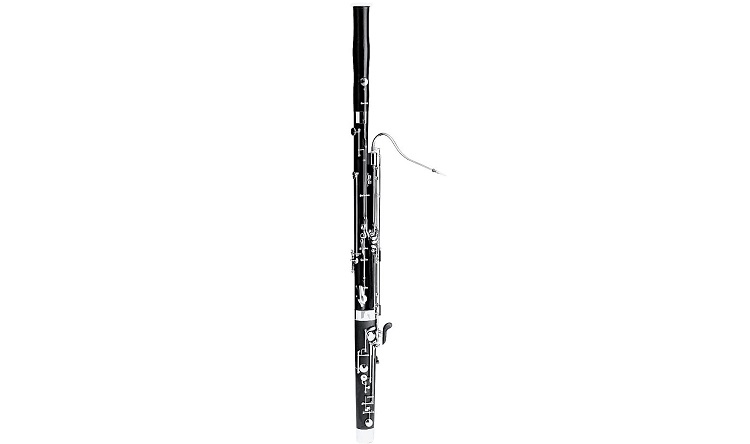
This bassoon offers a warm tone and a clean sound, making it ideal for students. This is not a bassoon made of wood. ABS plastic is used to make this bassoon, which is a great alternative to wood. ABS plastic also has a very sturdy structure, so you won’t have to worry about the instrument’s quality.
Jupiter student 363 bassoon produces a warm, consistent sound. The keywork has many extras, such as a full German system, that you would expect only on an intermediate or professional level instrument.
YFG-812/812C Bassoons
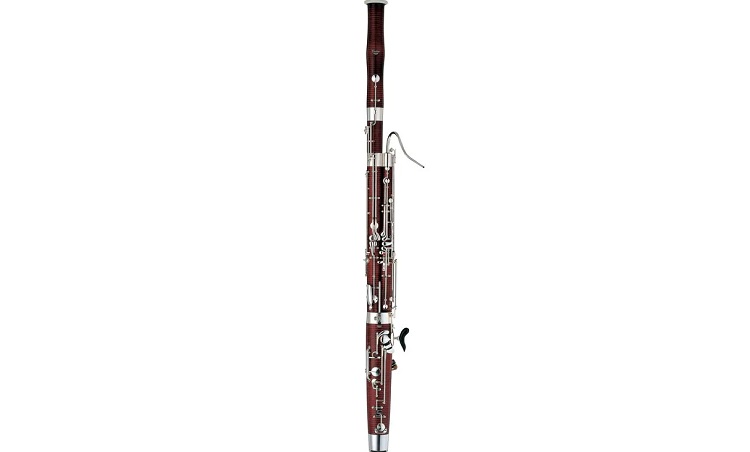
The YFG-812 has a thicker body wall, which is intended to increase durability and life. It’s a professional-level bassoon, and the fact that it’s a really bespoke bassoon with a genuine, rich tone is one of the reasons why so many people adore it.
This bespoke bassoon is ideal for players looking for a warm, round tone, as well as bassoonists looking to balance the superb power.
Schreiber Model S31 Master Bassoon
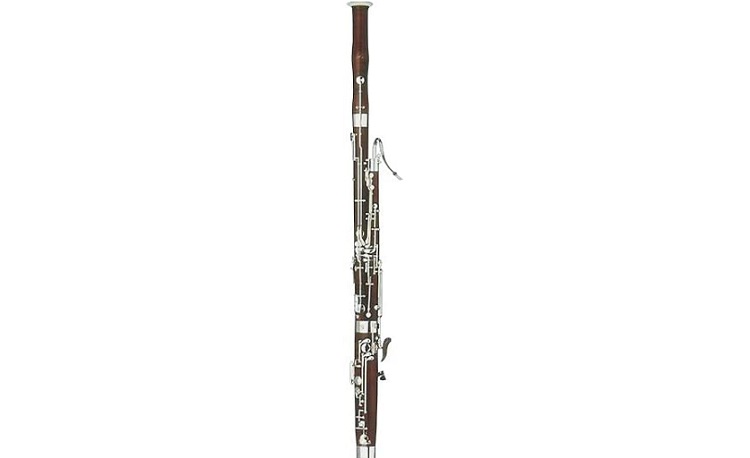
The master bassoon is a more expensive product than the others on the list, but it is well worth the money. Schreiber is well-known for introducing some of the highest-quality items on the market. We are certain that Schreiber would not disappoint its customers again.
Puchner Model 23 Bassoon

The Model 23 features a curly mountain maple pattern in a superb dark-red finish that has lasted more than 20 years. The Model 23 is a professional-level bassoon featuring a silver-plated mechanism, as well as an automated G-ring, high E-key, and high D-key ring that allows the player to achieve complete tone rendition.
This model’s whisper key mechanism functions well at the wing joint and is self-acting from the low E-key.
Bassoon Reed Recommendations
Apart from the warm, dark, reedy sound, one of the things that attract aspiring artists to the bassoon is the instrument’s customizability.
You might not be aware of the varied qualities of different types of bassoon reeds if you’re new to the instrument or have a youngster who wants to learn to play. For this reason, we have compiled a list to help you get started.
Legere
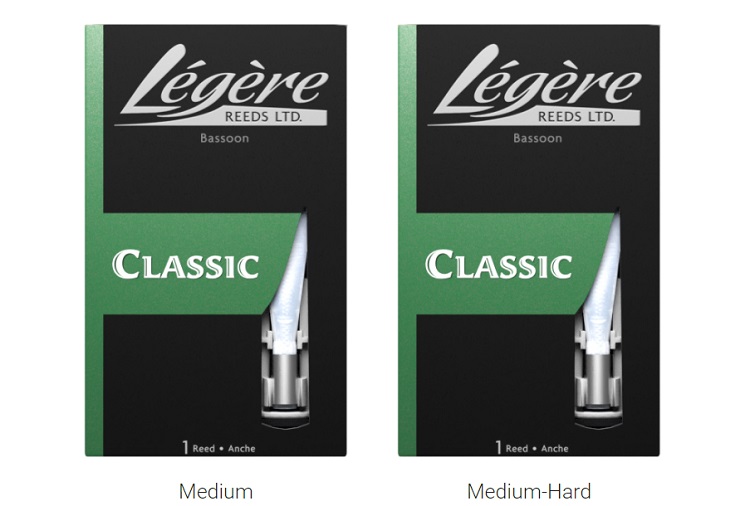
For more than a decade, Legere has produced synthetic bassoon reeds that have been utilized by renowned symphonic and jazz players. These synthetic bassoon reeds give consistency, durability, and instant response, with all of the warmth and depth that great players desire.
Traditional bassoonists are frequently wary of synthetic reeds, preferring to use traditional reeds instead.
Aside from the fact that Legere reeds provide a great sound, many players like the fact that they don’t need to be replaced as frequently as traditional cane reeds.
In fact, because synthetic bassoon reeds are not influenced by hot, cold, damp, or dry conditions, some players find that they can survive for months.
Légère bassoon reeds have all the depth and warmth that elite players demand. Made from specially prepared synthetic material, they deliver all the advantages of a traditional Légère reed; consistency, durability and instant response.
Fox Products

Another good option for beginners is the Fox Renard Bassoon Reed. Although the Fox Renard Bassoon reed is only available in medium strength, it is one of the most cost-effective solutions.
This Fox Reed is an excellent choice for Double Reed players.
Jones Reed

For novice bassoonists, Jones products are a popular choice. They’re inexpensive, well tested before packaging, and come in a range of medium-hard, medium, and medium-soft varieties.
The diameter and wall thickness of each piece of cane used in the reed are precisely measured. Before being shipped, the reeds are hand-assembled and tested. Jones will also replace any reed that a player finds to be faulty.
The Jones Bassoon reed is one of the finest commercial bassoon reeds available. Each piece of cane is selected for exact diameter and wall thickness. Following a number of mechanized steps, the reeds are assembled by hand and the string is coated with the strongest lacquer available.
Singin’ Dog
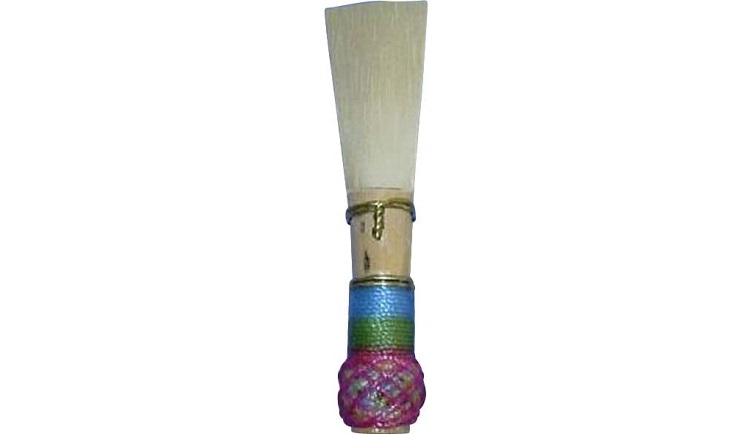
If you’re seeking a higher-quality bassoon reed, Singin’ Dog is the way to go. They specialize in handcrafted bassoon reeds of the highest quality. They’re manufactured by skilled bassoonists who’ve been creating and utilizing reeds for a long time. They come in a medium-strength option.
The Singin' Dog BRCH Reed is designed for young students or beginners. Medium soft. Hand-finished.
Facts About the Bassoon
Historically, the bassoon allowed woodwind instruments to be extended into lower ranges. Because of its flexibility and range, the contemporary bassoon plays an essential part in the orchestra.
- In the orchestral double reed section, the bassoon serves as both tenor and bass
- When playing the instrument gently, a mute is occasionally utilized. A piece of fabric is stuffed inside the bell of the instrument, or a sleeve-like metal cylinder is used to create the effect.
- The double bassoon’s “compact” form is 122cm tall and has a 5.5m bore length.
- The German bassoon’s popularity grew during the twentieth century. The ever-increasing demands of conductors and recording producers for sound strength, uniformity, and balance prompted the global standardization of bassoon types in the twenty-first century.
- The bassoon, which is built of an arundo donax cane, is played with a double reed. German and French bassoons have different reed finishes: German reeds have a thicker spine along the middle, while French reeds are beveled.
- To make its long length more manageable, the contemporary contrabassoon is folded numerous times. The tone holes are covered by keys functioning on rod-axle mechanisms, which efficiently convey the player’s finger movements over long spans, despite the fingering being mostly comparable to that of the bassoon.
FAQs
Answer: The bassoon has been known as the Fagott in German-speaking nations and the fagotto in Italian since the middle of the 18th century. Curtall (German: Kortholt) was the first name given to the dulcian in England, and it literally means “short wood.”
Answer: Hard maple, especially from Europe, is used to make bassoons nowadays. The maple wood that is available is chosen for its hardness. It is, nevertheless, soft in comparison to grenadilla wood, which is used to make clarinets.
Answer: Fox Products has created a contrabassoon (1970), a complete range of oboes (1974), and English horns since its original supply of bassoons (1999). Fox Products is still producing today at its original location in South Whitley, which was once the Fox family farm.
Bassoons
In the mid-seventeenth century, the first instrument known as a “bassoon” was created. In the late 1800s, two rival instrument-making schools, Buffet in France and Heckel in Germany, developed their own bassoon variants to enhance intonation, fingering arrangement, and tone. Bassoons have a lot of history.
They were created in the sixteenth century, updated every century for a better look and sound. When you are looking to buy a bassoon as a beginner, make sure to buy a beginner bassoon for the best result. If you are looking to customize your bassoon, you can do so with a different reed. What do you think?

